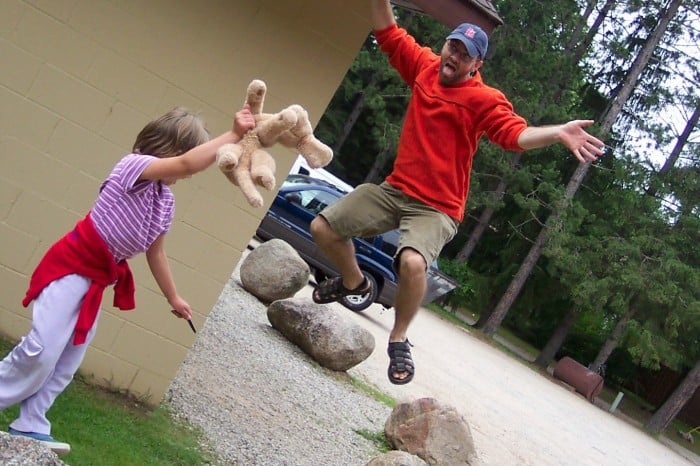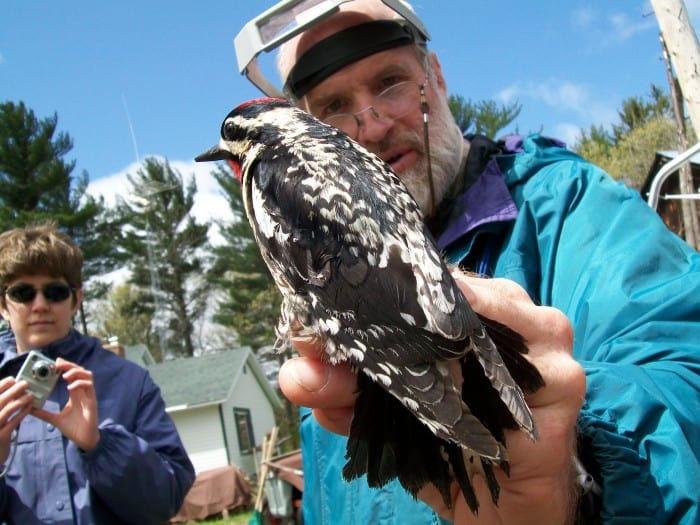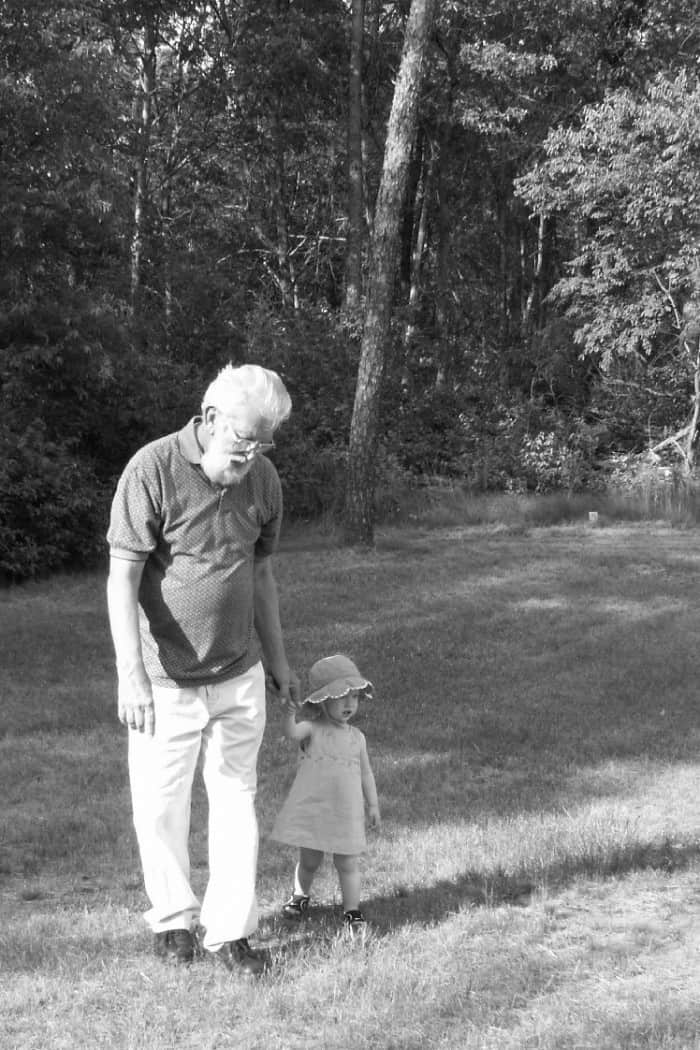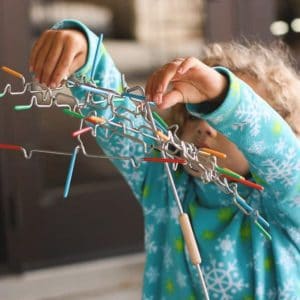This week many parents pulled out crafts, activities, and educational television shows in honor of Earth Dayl. While I believe all of these things hold value, I cannot help but be reminded of a theory Richard Louv suggested in the book The Last Child in the Woods. We ask children to care about melting ice caps and polar bears, but fail to teach them to love the birds in their own backyard. It is through our connection to the earth that we are willing to fight for both.
This week we'll cover tips on how to grow an everlasting love of nature. No glue, craft paper, or TV required. Rachel Carson writes in The Sense of Wonder:
If a child is to keep alive his inborn sense of wonder without any such gift from the fairies, he needs the companionship of at least one adult who can share it, rediscovering with him the joy, excitement and mystery of the world we live in.
Will you be "the one" in your child's life?
Here at Let's Lasso the Moon we firmly believe children reflect their parent's actions, the way the moon reflects the sun. To truly help your child create a bond with nature you have to show them how. When searching for activities look for something that first and foremost interests YOU and then invite your child to join in the experience. The true passion and interest they see glowing from your participation will have a much greater effect on them than anything they could watch on TV, read in a book, or learn from an activity. Find five easy tips below:
{Tip #1: Get excited and "play" when you are outside. If it feels awkward fake it, the smiles on your kid's faces will encourage you. Eventually their energy will rub off on you.}
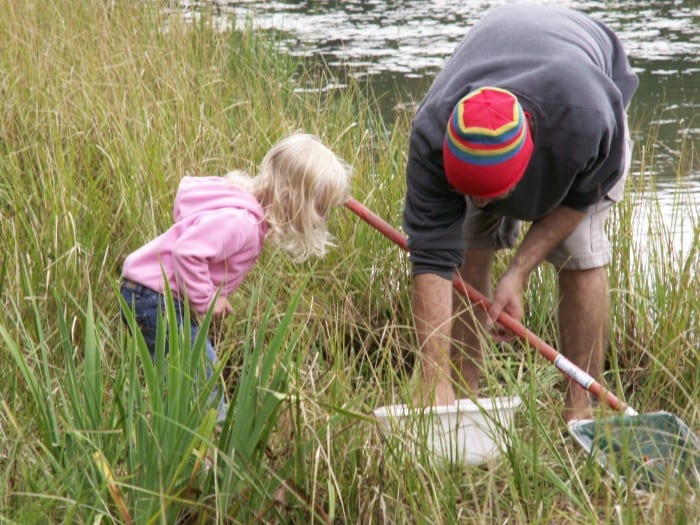
{Tip #2: Look for free outdoor adventures hosted through the local Park & Rec. Get your hands dirty.}
{Tip #3: Many local science & nature organizations look for volunteers to help with bird banding. This is a great inexpensive adventure your child will not forget. Check in with your state's National Resources Foundation for information. Bird banding is a great "adult" activity to invite your child to participate in.}
{Tip #4: Get the whole family involved. A short nature walk is the perfect way to connect with the earth and grandparents.}
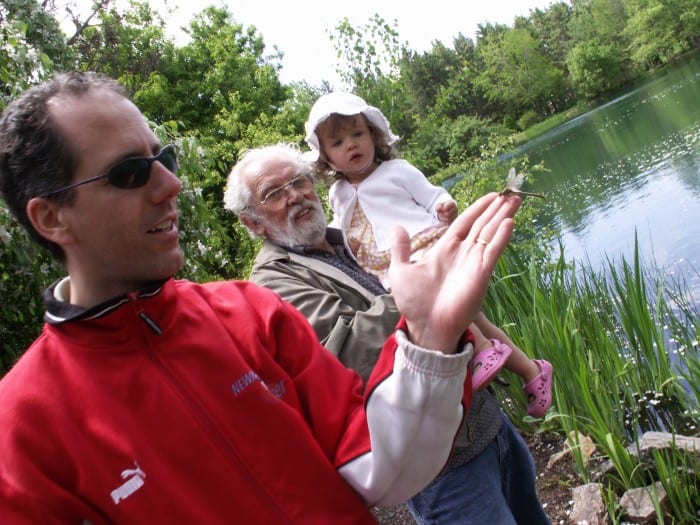
{Tip #5: Did you know that dragonflies are usually found around ponds, streams, and wetlands because their larvae, known as "nymphs", are aquatic? Check out the stages of a dragonfly here. Our curious friend Steve from Snapshot Science found this little guy on the edge of the pond while we were hiking. This young dragonfly had just emerged from the nymph stage and could not yet fly. What an awesome experience! One of my personal mottos is: surround yourself with brilliant people.}
Smile and enjoy your time together,

 |
|||||||
 |
|||||||

